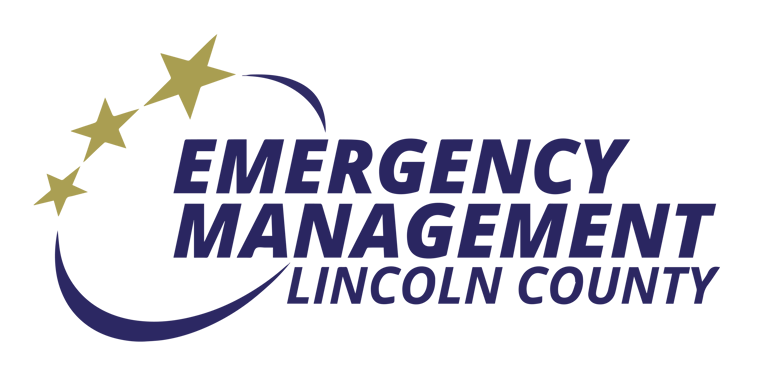What is emergency management?
The role of emergency management in Oklahoma, as defined by the Oklahoma Emergency Management Act of 2003 and other applicable sources, involves various responsibilities aimed at preparing for, responding to, recovering from, and mitigating the impact of emergencies and disasters. Here is a summary of the key aspects of emergency management in Oklahoma:
1. Coordination and Planning: Emergency management in Oklahoma involves the coordination and development of comprehensive emergency operations plans. These plans outline the organizational structure, responsibilities, and procedures for responding to emergencies and disasters. They are regularly updated, tested, and exercised to ensure preparedness.
2. Preparedness: Emergency management focuses on preparedness measures to enhance the state's readiness for emergencies. This includes conducting training programs and exercises to train emergency management personnel and responders. Preparedness efforts also involve public education campaigns to raise awareness and promote individual and community preparedness.
3. Response: When emergencies occur, emergency management agencies in Oklahoma mobilize and coordinate response efforts. This includes activating emergency operations centers, coordinating resources and personnel, disseminating information, and facilitating communication among responding agencies.
4. Resource Management: Emergency management plays a critical role in resource management. This involves identifying and inventorying resources available for emergency response, coordinating their allocation and deployment during emergencies, and ensuring effective resource utilization to meet the needs of affected communities.
5. Recovery: After an emergency or disaster, emergency management focuses on facilitating recovery efforts. This includes coordinating and supporting the implementation of recovery programs to assist affected individuals, businesses, and communities. Recovery activities may involve financial assistance, infrastructure repair, psychological support, and community rebuilding.
6. Mitigation: Emergency management in Oklahoma also emphasizes mitigation strategies to reduce the impact of future emergencies. This involves identifying and assessing potential hazards, implementing measures to minimize their effects, and promoting resilience in communities through risk reduction initiatives.
7. Collaboration and Coordination: Emergency management agencies in Oklahoma collaborate and coordinate with various stakeholders. This includes federal, state, tribal, and local agencies, nonprofit organizations, private sector entities, and volunteer groups. Effective collaboration ensures a coordinated and integrated approach to emergency management, leveraging available resources and expertise.
8. Compliance and Reporting: Emergency management agencies in Oklahoma ensure compliance with relevant laws, regulations, and guidelines. They maintain records, prepare reports, and follow reporting requirements related to emergency management activities, including incident reports, resource utilization, and expenditures.



